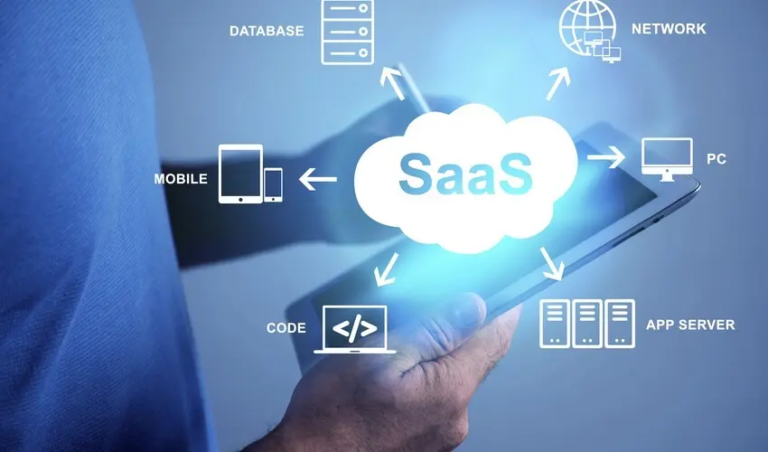Robotic Process Automation (RPA) is changing how businesses handle repetitive tasks. It saves time, increases accuracy, and improves productivity. However, many organizations struggle with managing the total Cost of RPA. In 2025, companies are looking for smarter ways to automate while keeping costs low. This article explains practical strategies to reduce the overall cost of RPA without compromising quality.
1. Understand the Main Cost Factors
Before reducing costs, it is important to understand what drives them. The Cost of RPA includes software licenses, infrastructure, maintenance, and training. You must also consider the time employees spend on setup and updates. Understanding these factors helps you focus on areas where you can save.
2. Choose the Right RPA Vendor
Not all RPA vendors offer the same pricing structure. Some charge per bot, while others charge based on usage. Compare plans before choosing one. Look for vendors that provide flexible or pay-as-you-go pricing. This approach ensures you only pay for what you use. Always avoid long-term contracts unless you are confident in your usage needs.
3. Start Small and Scale Gradually
Starting small helps control costs during the early stages. Begin with one or two processes instead of automating everything at once. This method allows you to test performance and measure ROI. Once you see results, scale your automation slowly. Gradual scaling avoids unnecessary expenses and keeps systems stable.
4. Prioritize High-Impact Processes
Automate processes that deliver the most value first. Focus on areas with high repetition and low complexity. Examples include data entry, invoice processing, and reporting. These tasks are easy to automate and deliver quick results. Choosing the right processes helps reduce the Cost of RPA and boosts efficiency.
5. Use Cloud-Based RPA Solutions
Cloud-based RPA tools reduce infrastructure and maintenance costs. You don’t need to buy expensive servers or storage. Most cloud solutions include automatic updates and support. This saves money and ensures your automation system stays current. Many providers also offer monthly plans, which lower the upfront investment.
6. Train Your Team Effectively
Employee training plays a major role in reducing long-term costs. Skilled users can build, test, and manage bots efficiently. They can also solve minor issues without calling technical support. Offer regular training sessions or online workshops. A trained team prevents errors, saves time, and reduces dependency on external consultants.
7. Optimize Before Automating
Do not automate broken or inefficient processes. Fix them first. Review workflows to eliminate unnecessary steps and simplify them. When processes are efficient, bots require fewer resources to operate. Optimizing before automation leads to smoother performance and lower maintenance costs.
8. Reuse Existing Bots and Components
Reusability is a key way to save money. If a bot performs a similar task, reuse its components instead of building from scratch. Create a library of reusable scripts and templates. This approach speeds up development and lowers project expenses.
9. Monitor Performance Regularly
Continuous monitoring helps detect problems early. Use built-in analytics tools to track bot performance and output quality. If a bot performs poorly, fix it immediately. Regular monitoring avoids downtime, reduces repair costs, and ensures consistent results.
10. Automate Maintenance Tasks
Maintenance is often expensive. You can use bots to monitor and maintain other bots. For example, set alerts for errors or updates. This automation reduces manual supervision and lowers overall maintenance costs. It also improves reliability and response time.
11. Collaborate with IT and Business Teams
Automation should not be handled by one department alone. Collaboration between IT and business teams ensures better planning and execution. IT teams provide technical guidance, while business teams identify useful processes to automate. This cooperation minimizes risks and prevents rework, saving both time and money.
12. Consider Open-Source RPA Tools
Open-source RPA tools can significantly cut software expenses. Platforms like TagUI, Robot Framework, and OpenBots offer powerful features for free. While these tools may require technical setup, they can greatly reduce licensing costs for smaller businesses.
13. Use AI-Driven Optimization
In 2025, AI is playing a big role in process optimization. AI-powered RPA can adapt and learn from patterns. This reduces the need for constant manual updates. Over time, it lowers maintenance and improves efficiency. Smart bots that self-optimize are more cost-effective.
14. Evaluate ROI Regularly
Track your return on investment (ROI) every quarter. Measure the time saved, errors reduced, and revenue gained. If the ROI is low, recheck your process selection and vendor plan. Regular evaluation helps you stay on budget and find new ways to save.
15. Outsource RPA Development Wisely
Hiring external experts can be expensive, but sometimes necessary. To save money, outsource specific tasks rather than full projects. Choose vendors with proven experience and transparent pricing. Avoid hidden fees and negotiate a fixed-cost contract when possible.
16. Automate Cross-Departmental Processes
Integrating automation across departments can reduce duplication. For example, HR, finance, and operations can share the same bots for data entry or reporting. Shared automation reduces the need for separate systems and saves on licensing costs.
17. Plan for Long-Term Scalability
While reducing costs today, always plan for future expansion. Choose RPA tools that scale easily without major upgrades. A scalable setup prevents costly replacements later. Sustainable automation ensures continuous savings over the years.
18. Keep Security and Compliance in Check
Security failures can be costly. Choose RPA solutions that meet data protection and compliance standards. Always monitor access controls and audit logs. A secure setup reduces the risk of breaches, saving money on legal and recovery expenses.
19. Leverage Vendor Support and Community
Most RPA vendors have active communities and support forums. Use these free resources for troubleshooting and best practices. Learning from others’ experiences can help you avoid mistakes and reduce maintenance costs.
20. Review Licensing Annually
Many businesses pay for unused bots or licenses. Review your RPA licenses yearly. Remove what you no longer use. Renegotiating with your vendor can also reduce recurring costs.
AI- Powered Products. Measurable Impact.
Conclusion
The Cost of RPA depends on how well you plan, manage, and scale your automation. By selecting the right vendor, optimizing processes, and training your team, you can lower expenses significantly. The key is to start small, measure progress, and continuously improve. In 2025, businesses that manage automation smartly will enjoy the full benefits of RPA at a minimal cost.
FAQs
The average cost varies by vendor, process complexity, and usage. It can range from $5,000 to $50,000 per bot.
Yes. Many vendors offer affordable, cloud-based plans suitable for small companies with limited budgets.
Hidden costs include training, maintenance, upgrades, and integration with other systems.
Most businesses see returns within 6 to 12 months after proper implementation and process optimization.
Yes, if managed correctly. Always ensure proper security measures and regular updates to prevent vulnerabilities.






